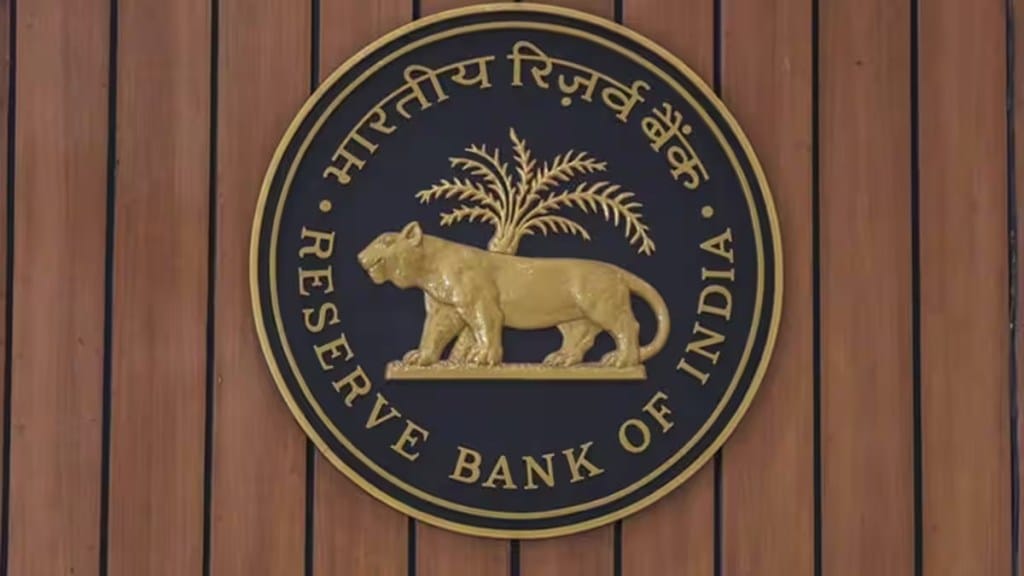The Reserve Bank of India Governor Shaktikanta Das on Thursday said that after three days of deliberation, the Monetary Policy Committee has decided to keep the key policy repo rate unchanged at 6.5 percent, maintaining status quo for the third time in a row. The MPC voted in 5:1 majority to maintain the ‘withdrawal of accommodation’ stance to ensure that inflation progressively aligns with the target, while supporting growth, said Shaktikanta Das. “Consequently, the standing deposit facility (SDF) rate remains at 6.25 per cent and the marginal standing facility (MSF) rate and the Bank Rate at 6.75 per cent,” the RBI governor said.
The Indian economy is exuding enhanced strength and stability. India is uniquely placed to benefit from the ongoing transformational shift in the global economy. The Indian economy has made significant progress towards controlling inflation,” he said. He further added that the global growth will remain low by historical standards for the next few years and if warranted, RBI is prepared to act. “Our economy has continued to grow at a reasonable pace, becoming the fifth largest economy in the world and contributing around 15 per cent to global growth. We have also made significant progress towards controlling inflation,” he said. RBI has raised rates by 250 basis points (bps) since May 2022 in a bid to cool surging prices and it is working its way into the economy, he said.
The rationale behind the MPC decision
Shaktikanta Das said that the headline inflation, after reaching a low of 4.3 per cent in May 2023, rose in June and is expected to surge during July-August led by vegetable prices. While the vegetable price shock may reverse quickly, possible El Niño weather conditions along with global food prices need to be watched closely against the backdrop of a skewed south-west monsoon so far. These developments warrant a heightened vigil on the evolving inflation trajectory.
“The cumulative rate hike of 250 basis points undertaken by the MPC is working its way into the economy. Nonetheless, domestic economic activity is holding up well and is likely to retain its momentum, despite weak external demand. Considering this confluence of factors, the MPC decided to remain watchful and evaluate the emerging situation. Consequently, the MPC decided to keep the policy repo rate unchanged at 6.50 per cent with preparedness to act, should the situation warrant,” said Shaktikanta Das. The monetary policy committee remains resolute in its commitment to align inflation to the 4 per cent target and anchoring inflation expectations.
Other major announcements by RBI Governor
Further, the RBI governor said that the moderation in headline inflation to 4.6 per cent in Q1 of 2023-24 was in line with the projections set out in the June MPC meeting. “There was a pick-up in headline inflation to 4.8 per cent in June due to an upturn in food inflation. On the positive side, inflation excluding food and fuel (core inflation) has softened by more than 100 basis points from its recent peak in January 2023. The month of July has witnessed accentuation of food inflation, primarily on account of vegetables.” He added that the spike in tomato prices and further increase in prices of cereals and pulses have contributed to this and consequently, a substantial increase in headline inflation would occur in the nearterm.
The prospects of kharif crops have brightened on back of improved monsoon, uncertainties however remain on domestic food prices outlook due to sudden weather event and possible El Nino conditions going forward, he said. The RBI revised its CPI inflation projections for 2023-24 to 5.4 per cent, with Q2 at 6.2 per cent, Q3 at 5.7 per cent and Q4 at 5.2 per cent. CPI inflation for Q1 FY2024-25 is projected at 5.2 per cent.
In terms of financial market conditions, the RBI said that the level of surplus liquidity in the system has gone up in the recent months on the back of return of Rs 2000 banknotes to the banking system, RBI’s surplus transfer to the government, pick up in government spending and capital inflows. “The overall daily absorption under the liquidity adjustment facility (LAF) was Rs 1.7 lakh crore in June and Rs 1.8 lakh crore in July 2023,” Shaktikanta Das said.
“The Indian financial sector has been stable and resilient, as reflected in sustained growth in bank credit, low levels of non-performing assets and adequate capital and liquidity buffers,” he added.
In terms of current account deficit (CAD), the RBI governor said that it was contained at 2.0 per cent of GDP in 2022-23 as compared with 1.2 per cent in 2021-22. “Merchandise trade deficit has narrowed in Q1 of 2023-24 with contraction in imports exceeding contraction in exports. Services exports and remittances are, however, expected to provide cushion to the current account deficit,” Shaktikanta Das said. Net FPI inflows have been $20.1 billion up to August 8, 2023. In the corresponding period of the previous year, there were net outflows of $12.6 billion.

